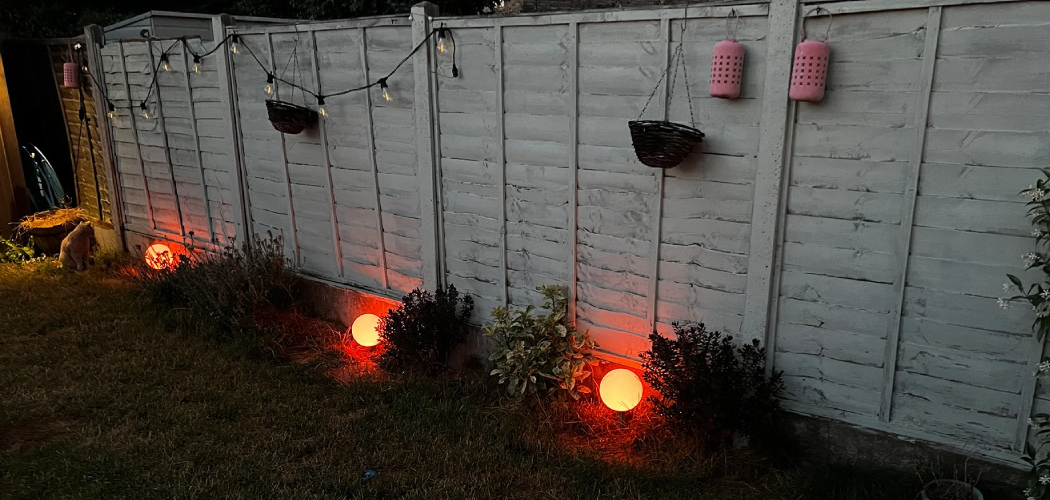Are you having trouble with your outdoor lights? Don’t let dark nights and faulty fixtures get you down. With a bit of effort, you can learn the basics of how to fix outdoor lights yourself. Whether it’s changing out a light bulb, resetting an electrical timer or making minor repairs, this guide will provide helpful tips and advice for getting those pesky lights working again in no time.
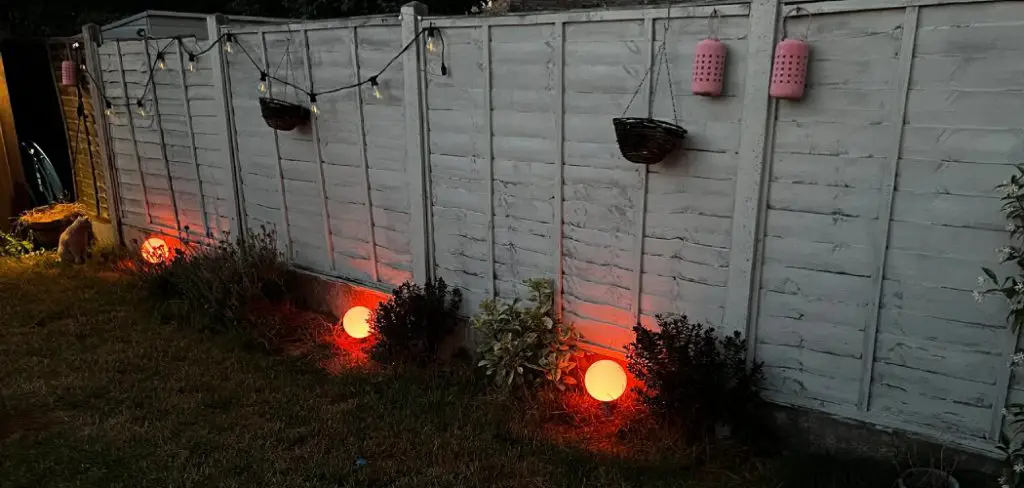
Poorly functioning outdoor lights can often be a hassle, but don’t worry – there’s an easy way to diagnose and repair your outdoor light fixtures. So, if your front porch or back patio is looking a little dim due to faulty lighting fixtures, read on for our ultimate guide on how to fix outdoor lights.
What Causes Problems in Outdoor Lights?
1. Improper Wiring
One of the most common problems with outdoor lights is improper wiring. This can be caused by incorrect installation or a break in the wiring connection between the light and switch. If you notice that your outdoor lights do not turn on or off as expected, then this may be a sign of an issue with the wiring.
2. Damaged Bulbs
Outdoor lighting fixtures can also experience problems when the bulbs become damaged or burned out. This is especially common with older outdoor light fixtures that use incandescent or halogen bulbs instead of LED bulbs. If you notice that your lights are not as bright as they used to be, it’s likely because of a damaged bulb and will need to be replaced.
3. Improper Voltage
Another potential problem with outdoor lights is improper voltage. If the circuit that supplies power to your lights is sending too much or too little voltage, then the lights may not be able to function properly. This can also cause flickering and dimming of the light which indicates an issue with the voltage supply.
4. Corrosion
Finally, corrosion on the contact points of outdoor lighting fixtures can cause problems with their operation. This corrosion is often caused by moisture and humidity in the air, which can lead to short-circuiting or other issues with the lights’ ability to function properly.
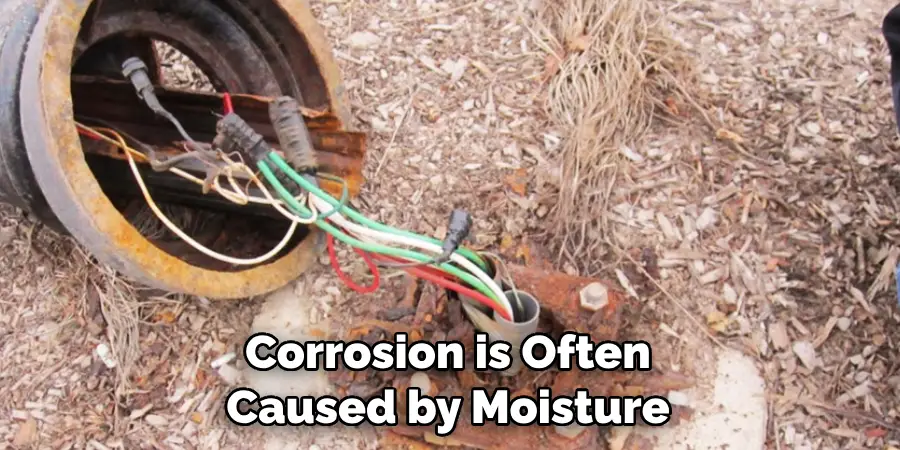
10 Ways On How to Fix Outdoor Lights
1. Inspect the Wiring
This is very important when dealing with outdoor lights. Make sure that all the wiring is in good condition and that there are no loose connections or frayed wires. Also, check for any corrosion on the exposed metal parts of the light fixture.
2. Check the Bulbs
If your outdoor light isn’t working, then it may be due to a defective bulb. Try replacing the bulbs in your outdoor light to see if that fixes the issue.
3. Change The Globe
If the lamp globe is cracked or damaged, it can cause your outdoor light to malfunction. It’s a good idea to check the globe and replace it if necessary. Also you have to make sure the new globe is compatible with the existing fixture.
4. Cleaning The Fixture
If your outdoor light isn’t working properly, you may need to clean it. Dirt and dust can accumulate on the fixture over time which can cause problems. Use a damp cloth or brush to carefully remove any dirt and debris from the light fixture.
5. Adjust The Switches
If you have an outdoor light with a switch, make sure it is properly adjusted. You may need to adjust the switches to get them working correctly. Also, check the connections to make sure there is no corrosion or any other damage.
6. Check The Voltage
If your outdoor light isn’t working properly, then it may be due to incorrect voltage levels. Make sure that the voltage supplied to the light fixture is within acceptable safety standards. Also, check the breakers in your circuit panel to make sure that they are not tripped.
7. Check The GFCI Outlet
If your outdoor light is connected to a GFCI outlet, then you may need to check the outlet for any issues. Make sure there is no corrosion or damage and that it is properly wired according to the manufacturer’s instructions.
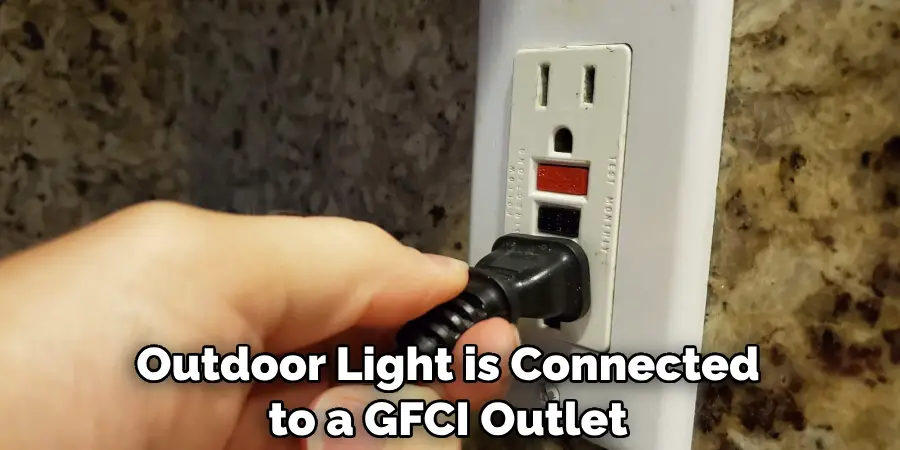
8. Tighten The Connections
Make sure that all of the connections are tight and secure between the light fixture, GFCI outlet, and switch. Also, check for any loose wires or frayed insulation.
9. Replace The Outdoor Light Fixture
If your outdoor light isn’t working properly, then you may need to replace the entire light fixture. Make sure that you purchase a new one that is compatible with your existing wiring and electrical setup.
10. Call A Professional Electrician
If all else fails, it is best to call a professional electrician to check the problem with your outdoor lights. They will be able to diagnose the problem and advise you on what steps need to be taken to resolve the issue. This is especially important if there is an issue with the wiring or GFCI outlet.
By following these steps, you should be able to effectively troubleshoot and fix any problems that you have with your outdoor lights. If you are still having difficulty, then don’t hesitate to contact a professional electrician for help. They can provide the expertise and advice needed to ensure that your outdoor lighting is working correctly and safely.
Frequently Asked Questions
What Precautions Should I Take When Fixing Outdoor Lights?
When attempting any repair or replacement of outdoor lighting fixtures, it is important to take a few safety precautions. Before you begin, make sure that the power source for the lights has been disconnected and unplugged.
You should also wear protective gear such as gloves, glasses, and long pants to protect against any debris or moisture. It is also important to read any instructions that come with the new light fixture before attempting to install it. Additionally, if you are unfamiliar with working with electrical wiring, it is advisable to hire a professional electrician.
What Should I Do If My Outdoor Lights Have Stopped Working?
If your outdoor lights have stopped working, the first thing you should do is check for any loose connections or blown fuses. If there are no obvious issues with the wiring, then it may be time to replace the bulbs or light fixtures.
If you are unsure of how to check these things, it is best to call a professional electrician. They will have the necessary tools and expertise to accurately diagnose the problem and make any necessary repairs or replacements.
What Are The Benefits Of Outdoor Lighting?
Outdoor lighting can provide a number of benefits to your home, including increased safety and security. Properly lit outdoor spaces can help reduce the risk of accidents by making it easier for people to see where they are going. Outdoor lighting can also deter criminals from targeting your home, as it will be much harder to hide in a well-lit area.
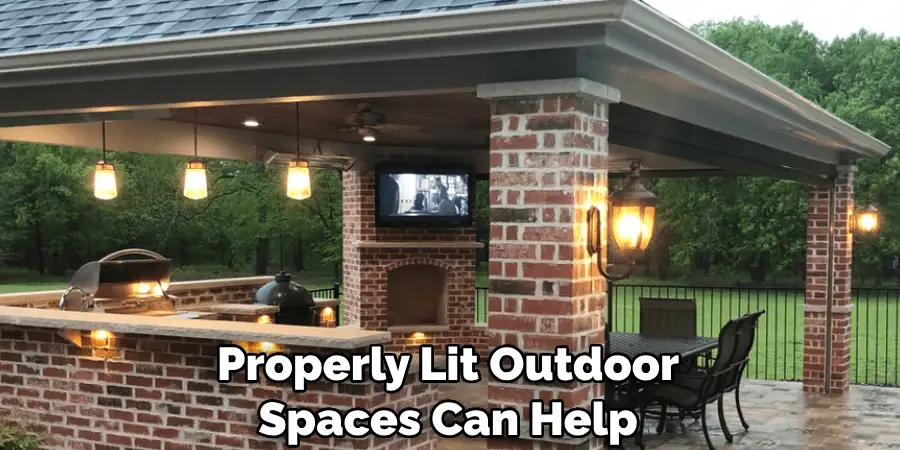
Additionally, outdoor lighting can help create an inviting atmosphere and provide a great way to enjoy your outdoor space at night.
What Are Some Common Types Of Outdoor Lights?
Common types of outdoor lights include wall-mounted fixtures, pendant lighting, recessed lighting, and post lights. Wall-mounted fixtures are perfect for providing ambient lighting along a wall or pathway. Pendant lights hang down from the ceiling and can be used to provide task-oriented lighting in an area such as a porch or patio.
Recessed lighting is often used in areas such as decks and patios to provide a subtle, downward lighting effect. Post lights are installed on a post or pole and can be used to illuminate large outdoor areas.
What Are The Different Types Of Outdoor Light Bulbs?
The most common types of outdoor light bulbs are halogen, LED, and fluorescent. Halogen bulbs emit a bright white light that is ideal for illuminating large outdoor areas. LED bulbs are long-lasting and energy efficient, making them a great choice for security lighting. Fluorescent bulbs emit a cool white light and can be used to create interesting lighting effects outside your home.
When Should I Replace My Outdoor Lights?
Outdoor lights should generally be replaced every 3 to 5 years, depending on the type of light fixture and bulb being used. It is also important to regularly check for any signs of damage or deterioration, such as corrosion or cracked covers. If you notice any issues with your outdoor lights, it is best to replace them as soon as possible to ensure proper safety and lighting.
When Is The Best Time Of Year To Install Outdoor Lights?
The best time of year to install outdoor lights is during the warmer months when temperatures are mild and there is less chance of rain or snow. Installing lights in cold or wet weather can be difficult and unsafe, as it is harder to connect wiring and fixtures. Additionally, installing outdoor lights during the summer months gives you more time to enjoy your outdoor spaces with enhanced lighting.
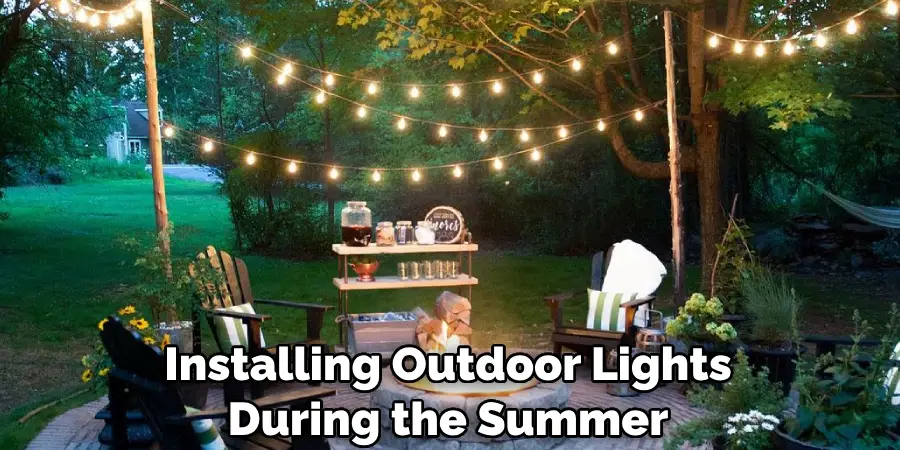
Which Type Of Outdoor Lighting Is Best?
The type of outdoor lighting that is best for your home will depend on several factors, including the size and layout of your outdoor space as well as personal preferences. In general, LED lights are often a great choice for security lighting due to their long-lasting and energy efficient properties.
If you are looking for a more decorative approach, then wall-mounted fixtures and pendant lighting can be used to create an inviting atmosphere outside your home.
Conclusion
Now you know how to fix outdoor lights! From changing the light bulb to checking the circuit breaker, finding and fixing outdoor lighting issues can be straightforward and hassle-free. Getting familiar with basic outdoor lighting maintenance is a small step that can lead to big energy savings, as well as extending the life of your outdoor lights.
Additionally, having your outdoor lighting checked by a trained electrician annually can help avoid unexpected unpleasant surprises. To keep your outdoor lighting in top condition, practice these simple maintenance steps and replace broken parts in time—you’ll be sure to find that it pays off in both extra safety and peace of mind!

